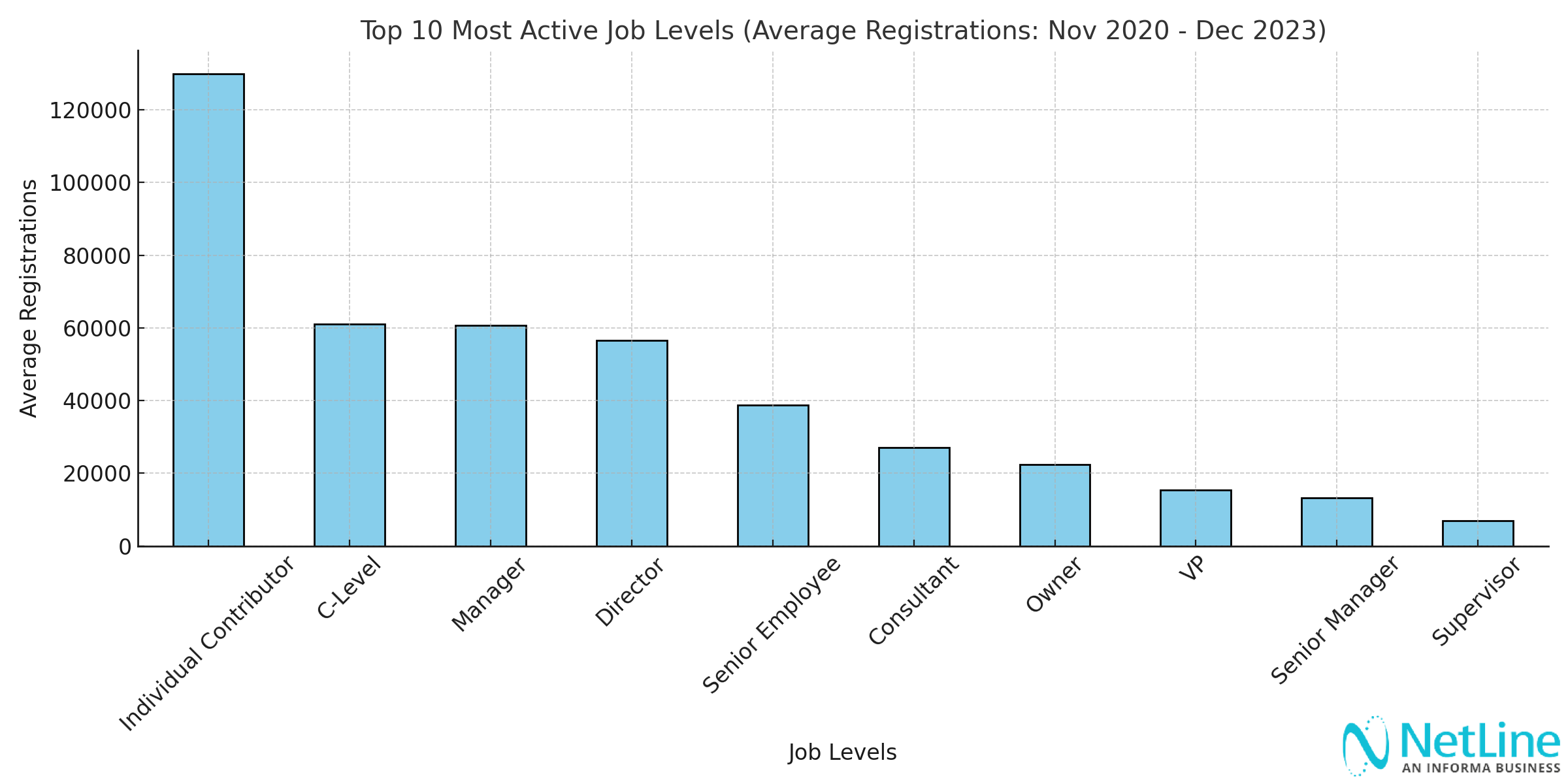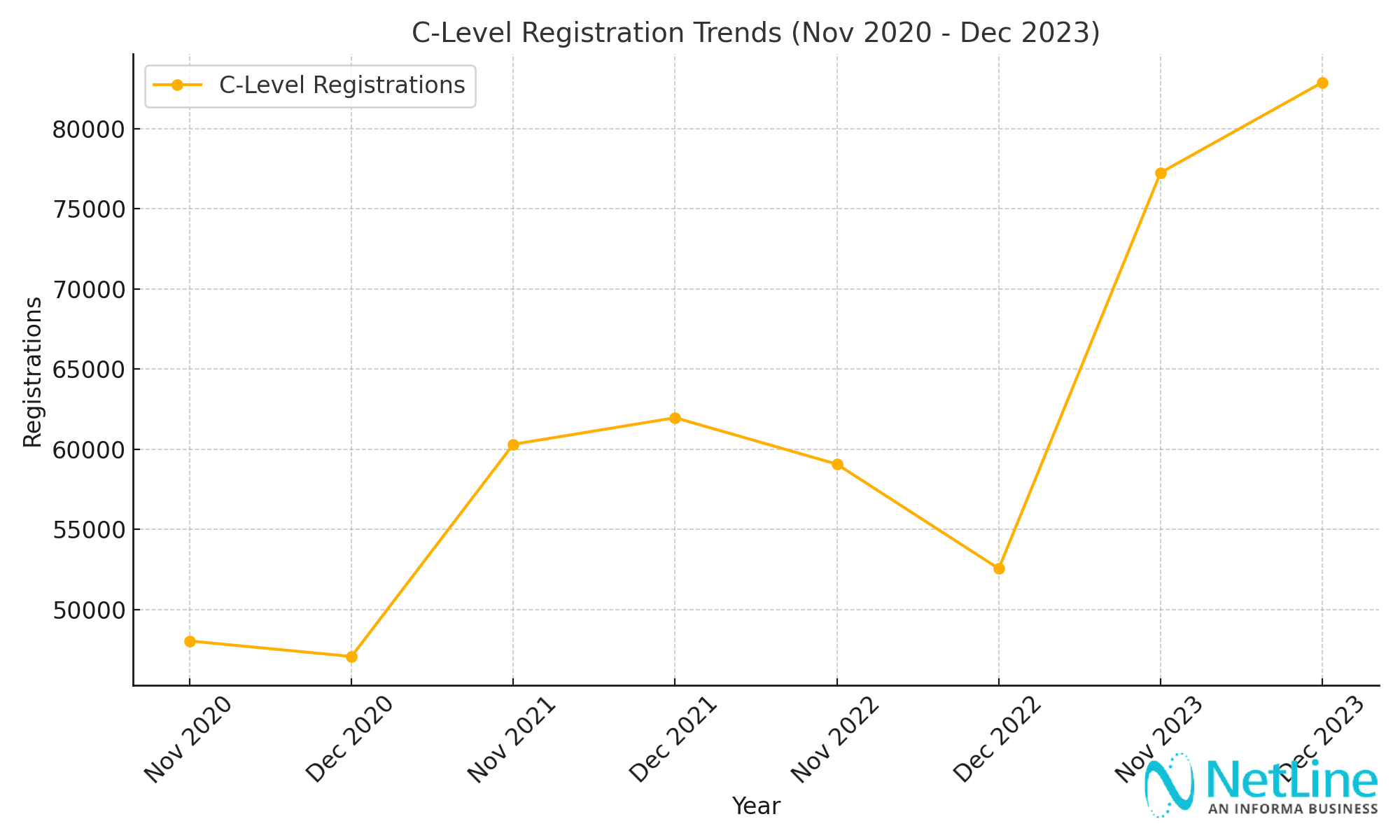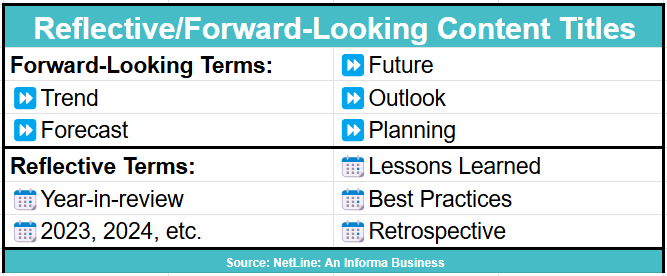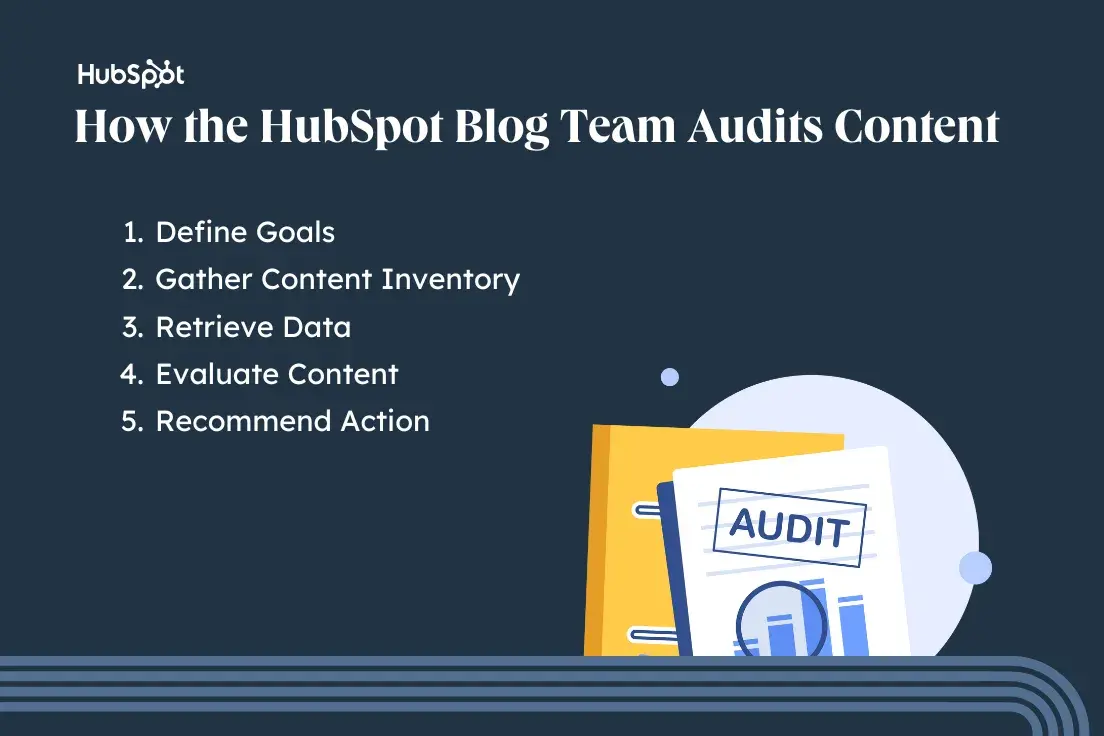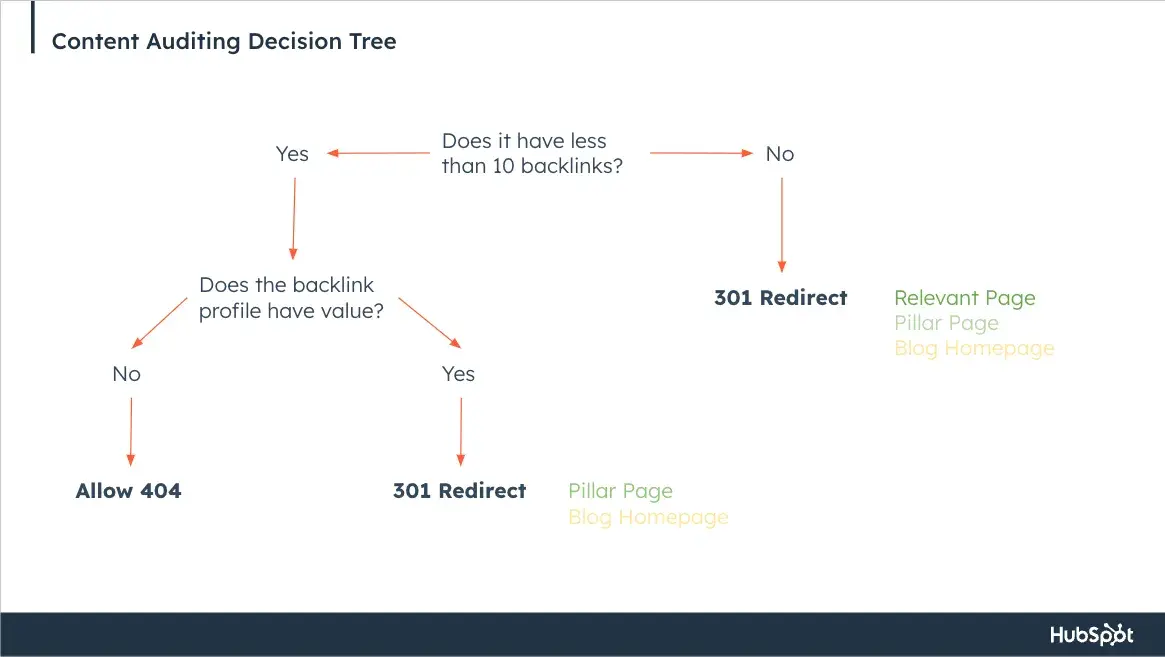As an ‘external’ marketer, I have to say that I hadn’t given much thought to internal marketing until I started writing this article.
My first thought was … that’s not my job. But the more I dug into the subject, I realized that’s not entirely true.
Anytime I share a new content series or blog campaign across our internal channels and encourage my colleagues to help promote it, that’s internal marketing.
When I lead onboarding sessions for new hires or recognize my teammates for their great work as part of our performance review process, that counts too.
*quietly adds internal marketing to resume*
Here’s everything else I learned about internal marketing — the benefits, the strategies that experts recommend, and a few more examples of what it looks like in practice.
Table of Contents
A happy workforce is the key to a successful internal marketing strategy, so employee experience is a big factor here.
Every connection point that an employee has with the company — from onboarding to the exit interview — should be represented accordingly.
Internal Marketing vs Internal Communication
When I was a baby marketer, I couldn’t really understand the difference between marketing and communication because the two terms were often used interchangeably in the field.
Here’s how I used to simplify it:
- Marketing is brand promotion.
- Communication is information sharing.
Internal communication and internal marketing go hand in hand, but the two aren’t an exact match.
Going back to our definition of internal marketing above, it focuses on the act of promoting a brand to its employees to encourage them to buy into the company’s values and products.
For example, an internal marketing play could be giving employees free access to the company’s products for personal use. That’s in and of itself isn’t technically internal communication.
The purpose of internal communication is to keep everyone informed of company updates and aligned with core objectives.
If HR sends a company memo announcing a new process update, that’s an example of internal communication that doesn’t really fall under internal marketing.
These are very rigid examples, but the reality is that these two processes work together and often blend into each other.
Internal Marketing vs External Marketing
The main difference between internal and external marketing is the audience.
Internal marketing is focused on employees, while external marketing is for prospects and customers outside of your organization.
But the concept of promoting your brand and encouraging buy-in to your products and services is true in both cases.

Why is internal marketing important?
Internal marketing is important because it directly supports employee engagement.
And data shows that high engagement leads to:
- An 18% boost in employee productivity.
- Up to 43% less turnover. Nice.
When employees feel connected to their work, they tend to work harder. All that extra effort leads to increases in customer satisfaction and loyalty, sales, and ultimately, profitability.
Remember how I said internal marketing isn’t my job?
Well, technically, it isn’t. However, I do participate in (and promote) internal marketing efforts as an employee.
*keeps internal marketing on resume*
Benefits of Internal Marketing
I mentioned employee engagement as a huge plus for investing in internal marketing. I talked to the experts and compiled a few more reasons to consider below.

You’re building a team that (actually) cares.
Holly Andrews, managing director at KIS Finance, says the best internal marketing strategies help employees feel invested in the bigger picture.
“An effective internal marketing strategy does more than align people with company goals. It builds a team that genuinely cares,” says Andrews.
“I remember when a new hire once said, ‘I actually feel like I‘m part of something here.’ That’s the goal — making sure everyone feels like they‘re not clocking in but connecting with the brand’s story.”
You’re cultivating a sense of community at work.
Mike Szczesny, owner and vice president of EDCO Awards & Specialties, shared how internal marketing allows him to connect with his employees — and why that’s worth it.
“An internal marketing strategy that celebrates wins, shares behind-the-scenes stories, and highlights the impact of our work helps cultivate a crucial sense of belonging,” says Szczesny.
“The benefits are numerous — higher employee satisfaction and retention, a stronger employer brand that attracts top talent, and a workforce that’s truly invested in our success as a company.”
He continues, “At the end of the day, our people are our greatest asset, and an internal marketing strategy that makes them feel valued and part of something bigger pays dividends.”
You’re creating greater brand alignment.
For Remy Smidt, brand strategist at Fazer, one of the biggest benefits of internal marketing is alignment from top to bottom.
“If you walked into NASA during the ’60s and asked what they were up to and why they were there, everyone would say, ‘to put a man on the moon,’” says Smidt.
The bottom line is that everyone knows what the business is working toward, is engaged and excited about the mission, and understands their part in making it happen. That’s the result of good internal marketing.
Internal Marketing Strategies
I also talked to the experts to tease out a few internal marketing strategies that they use at their own companies. Here are five of my favorites.
1. Personalize the onboarding process.

Each new hire has a different learning style and set of responsibilities, so make sure your onboarding process reflects that.
As Hnatiuk notes, promoting your mission and culture code during onboarding is also a great way to get employee buy-in from the start.
As an incoming marketer at HubSpot, I completed a general get-to-know-the-company onboarding track and a team-specific blog and marketing onboarding track. The format was a mix of videos, live sessions, and independent research.
It was comprehensive, engaging, and just what I needed to feel invested as a new employee.
2. Use storytelling to engage employees.

Employees want to understand their role in your brand’s story as you progress through each chapter together.
Sounds corny, I know. But I’ve left jobs in the past because I didn’t feel like I was actually contributing to the end goal.
I couldn’t understand why the work I was doing was worth it (and nobody was telling me why, either), so I disengaged.
Building your brand’s story into your internal marketing strategy and reminding employees what you’re working toward builds transparency and trust.
Speaking of …
3. Create transparent communication channels.

Here’s where internal communication meets internal marketing.
Keeping your employees well-informed is a special yet indirect form of promotion that inspires your employees to become your biggest ambassadors.
Your internal marketing strategy should clearly outline your communication channels and outreach process to allow you to easily share timely and relevant updates with your teams.
And don’t forget that communication is a two-way street. Be sure to create ways for employees to reach out about problems and issues or with feedback and suggestions.
As Glaser said, transparency builds trust. And the first step is effective communication.
4. Integrate values into daily actions.

I love this one.
Sharing your company values during onboarding is great, but it shouldn’t be the only touch point. As Stelle says, all of your internal marketing messages and materials should reinforce your mission, beliefs, and North Star.
Employees can easily advocate for your brand if they know what they’re advocating for and why.
5. Send regular employee surveys.

I’m a big fan of asking people what they want instead of trying to guess. I’m willing to bet big money that the companies who give their employees pizza parties instead of tangible benefits aren’t asking the right questions.
Send employee feedback surveys often and ask specific questions about your internal marketing activities. What do they like? What do they want to see more of? What isn’t resonating with them?
Then, use these insights to refine and improve your strategy.
Internal Marketing Examples
OK, onto the fun part. I’m giving you a peek behind the curtain at some of my favorite internal marketing plays as a HubSpotter.
The Culture Code
This one’s probably a given, but HubSpot’s Culture Code is SO good. It started out as an internal document and, in the true spirit of transparency, has been publicly available for years.
Our culture code has also been known to attract new employees, which feels like both an internal and external marketing win.
Product Learning Hours
Each month, our Product Marketing team hosts a “Product Learning Hour” which is a training session for the entire marketing team on the customers, products, and use cases for HubSpot’s customer platform.
From product demos to continued learning, these sessions ensure everyone is aligned on our messaging. This helps us do our jobs better as ‘external’ marketers.
Side note: I also co-led a learning and development program specifically for the HubSpot Blog team. We focused our curriculum on topics our peers were invested in the most, like technical SEO, networking, and time management.
Here’s one of the activities we did:

Just another example of internal marketing in action (and attempt #3 of me making the case to include internal marketing on my resume).
Peer Recognition Programs
I 🧡 my peers, so I’m always looking for opportunities to sing their praises.
At HubSpot, we have several options to provide peer feedback including the more formal submit-through-the-portal feedback loop that filters into performance reviews.
But one of my favorites is our weekly ‘Friday Props’ roundup on Slack.
Every Friday, folks across our media org have the option to tag someone they’re grateful for that week and share a word or two about what makes them special.
Here’s one someone left for me a while back:
“I’m giving my peer praise to Alana Chinn, one of the hardest-working and most versatile people on this team. If you’re on the Blog Team, you know how much of a force she is.”
BRB, crying.
Let Your Company Culture Sell Itself
Good internal marketing starts with an investment in your employees.
When you build a strategy that inspires brand advocacy at every level, you’ll be able to put some of the hard selling on autopilot while you focus on delighting your employees, prospects, and customers.
And then you, too, can add internal marketing to your resume.
![]()

![Download Now: Free Marketing Plan Template [Get Your Copy]](https://i4lead.com/wp-content/uploads/2024/11/aacfe6c7-71e6-4f49-979f-76099062afa0-4.png)


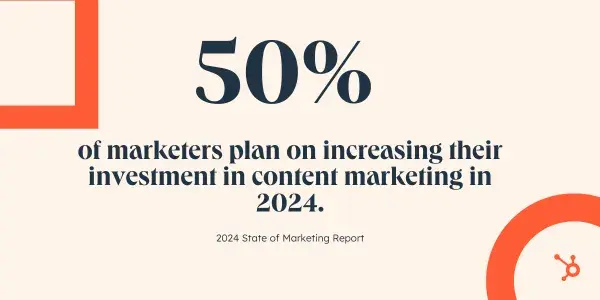












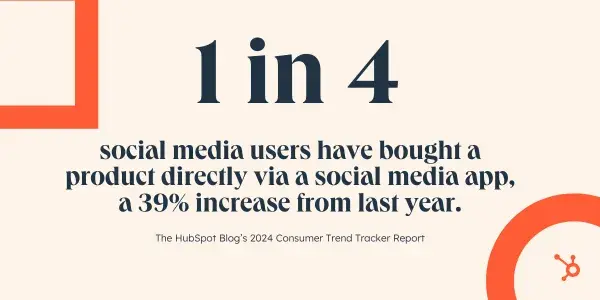
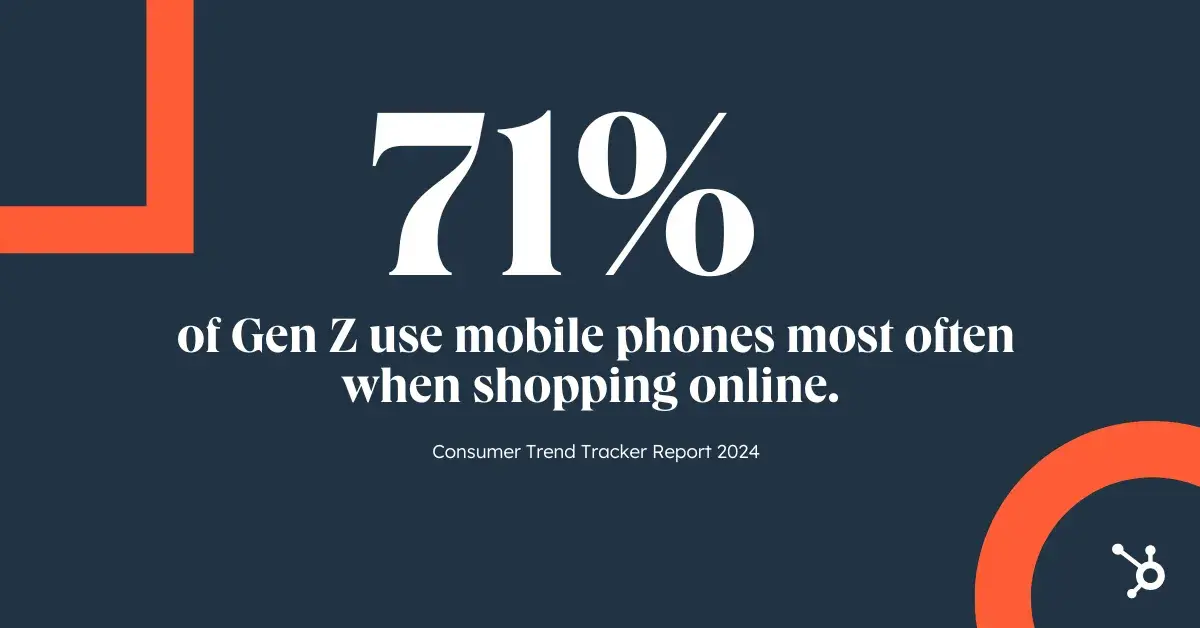

![Download Now: Free State of Marketing Report [Updated for 2024]](https://i4lead.com/wp-content/uploads/2024/11/db725f24-564c-483b-a28c-2d6ff9986516.png)





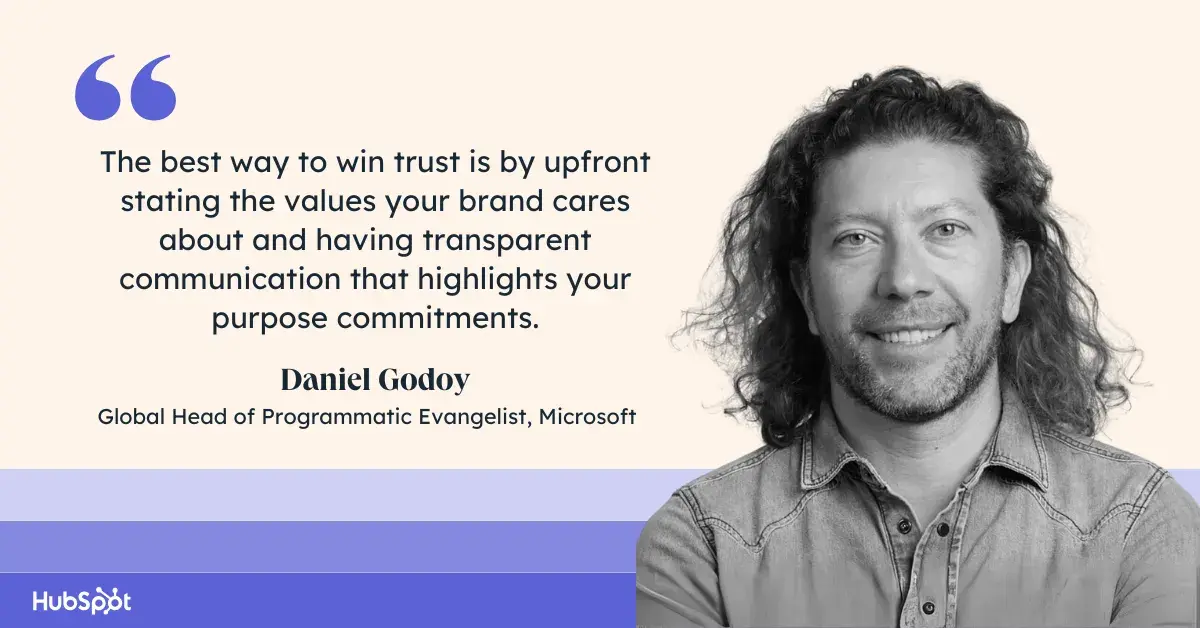



![Download Now: The 2024 State of Social Media Trends [Free Report]](https://i4lead.com/wp-content/uploads/2024/11/3dc1dfd9-2cb4-4498-8c57-19dbb5671820-1.png)



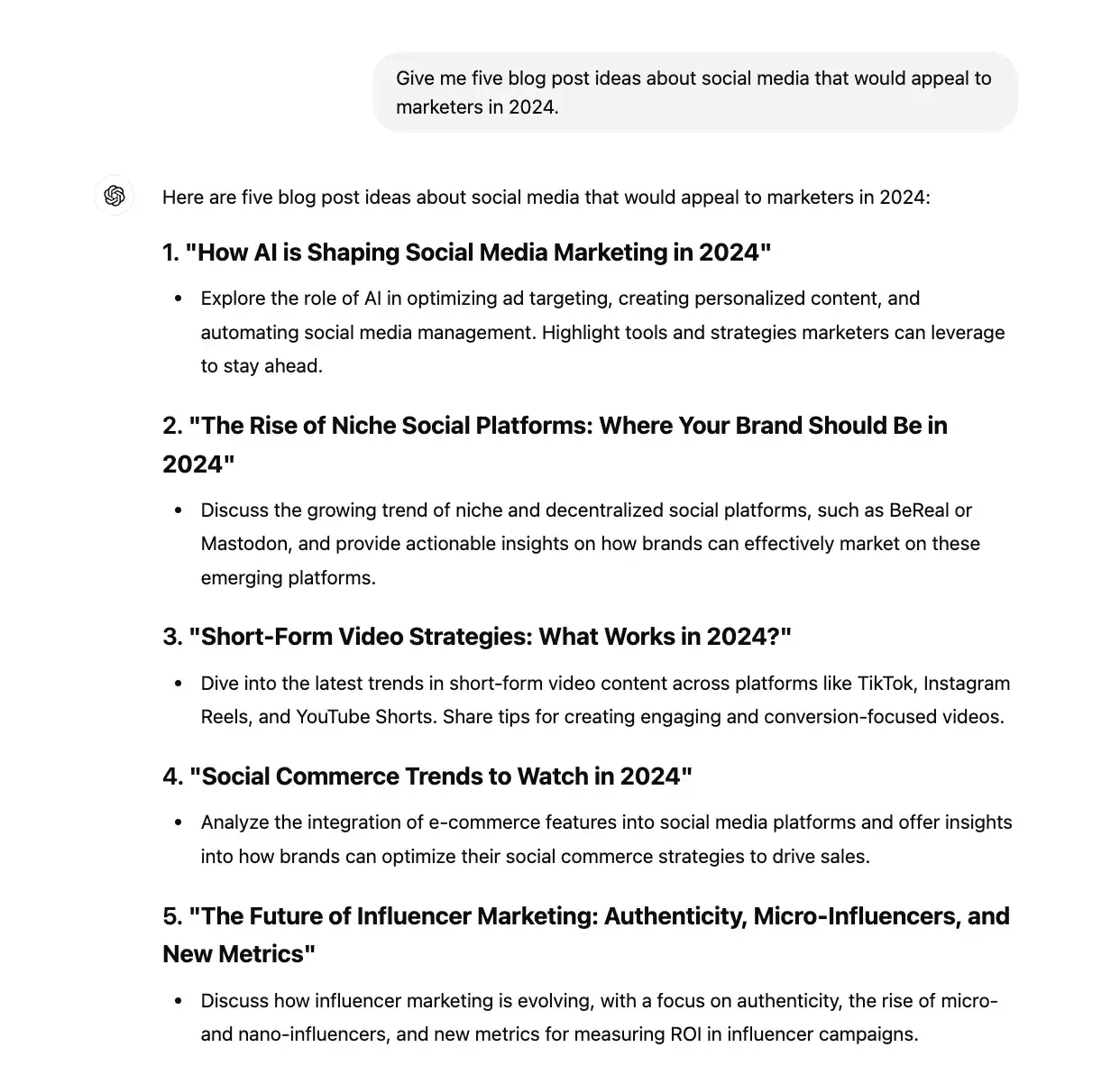
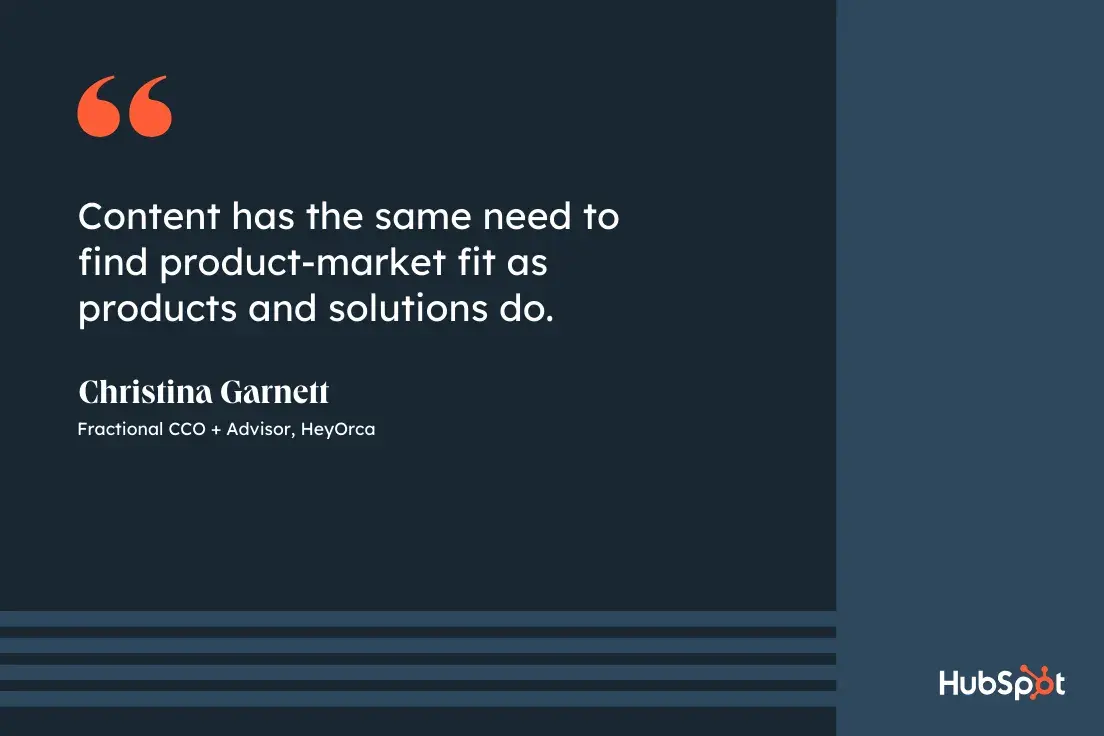






 4.3% lower
4.3% lower 
 10% higher
10% higher 


